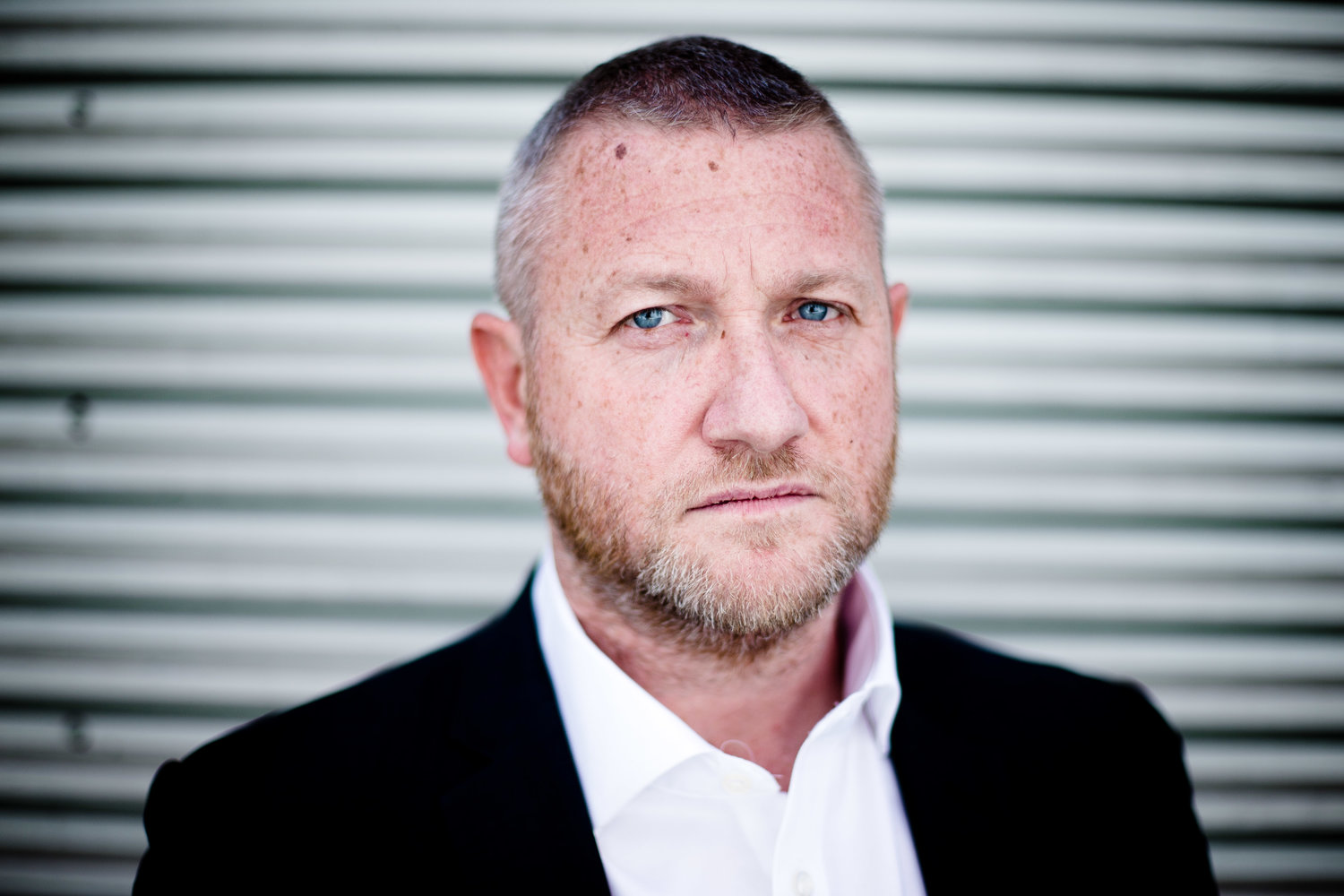FINDING SUZY
People have asked me, “Why has it taken you so long to investigate Suzy's case?”.
1986 was remarkable for many reasons. The Space Shuttle Challenger exploded seventy-three seconds after launch, putting space exploration in reverse. The Chernobyl nuclear reactor disaster in Ukraine threatened to kill half the continent, at least according to some commentators. There was a royal wedding, with Prince Andrew marrying Sarah Ferguson. And the M25 London orbital motorway was officially opened.
Madonna topped the charts with ‘Papa Don’t Preach’ and Peter Gabriel dropped his ‘Sledgehammer’. Despite the suggestion we were all going to get cancer from the Chernobyl disaster, life didn’t seem so bad, and the world of pop music never seemed better - at least not to my teenage ears at the time. Yet retrospectively, scientific studies of pop music’s evolution have since concluded that 1986 was the least diverse and most repetitive year on record, due to the popularisation of drum machines and sampling technology at that time.
1986 was also the year that twenty-five-year-old estate agent Suzy Lamplugh vanished from South West London, just a few short miles from where I lived, whilst showing a smart property to a mysterious ‘Mr Kipper’.
Despite the baffling case dominating the news and one of the largest missing persons cases ever mounted, police failed to find a shred of evidence establishing what had happened to her.
The public wanted to know how a twenty-five-year-old professional woman could just disappear from a well-heeled London suburb, in the middle of the day? No one seemed to be able to answer that question.
Days, weeks, months, and then years passed. Suzy’s face was often on the television or in the newspapers; the same photos appeared, over and over. She became so recognisable, it was as if we all felt we knew her.
Yet as we all grew older, poor Suzy remained the same age; trapped in perpetuity, forever caught in 1986.
Sixteen years after she had vanished, and following a second investigation brought about by pressure from Suzy’s desperate parents, the Metropolitan Police named convicted rapist and murderer John Cannan as their prime suspect. However, the Crown Prosecution Service refused to charge him, citing a lack of evidence.
The police conducted several high-profile searches, yet Suzy’s body was never found. The trail that might lead investigators to her, long since lost.
Fast forward to thirty years later. How do you unpick a cold case from a time before the advent of widespread CCTV, prior to the ubiquitous mobile phone and before most of us had even used a personal computer, let alone owned one?
Where do you look for witnesses, more than three decades later, when you have no detailed records, just a name and sometimes an age or even just a job title?
All of these barriers are why it has taken so long, and more importantly, why it’s never been done before.
Haunted by another missing person case which ended in tragedy, I began a quest for answers, painstakingly reinvestigating Suzy's disappearance from the ground up. I've spent five years tracking down and interviewing more than a hundred people; from original witnesses to Suzy’s friends, colleagues and police officers who worked on the case.
'Finding Suzy' details my hunt to unpick her cold case and scrutinise the shadowy 'Mr Kipper'. Through a series of incredible new witness interviews and fresh groundbreaking analysis, I've uncovered piece by piece what happened to Suzy and why the case was never solved.
But I absolutely had to do it. However long it was going to take, whatever the cost, and regardless of how far I had to travel.
Because people don't just disappear...



